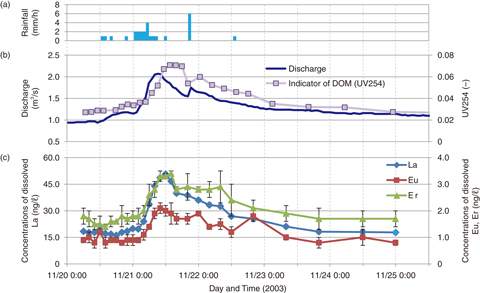
Fig.4-16 Observation results from November 20 to November 25, 2003
The environmental behavior of transuranic elements (TRU) is an important issue when assessing the impact and measuring long-lived radionuclides such as TRU, which are released into the environment. It is generally difficult to use nuclear-bomb-test-derived TRU in environmental-behavior research, owing to their limited presence on the ground.
We performed migration behavior research based on field observations using rare earth elements (REEs), which are known to exhibit chemical similarity to TRU in laboratory experiments. We observed temporal changes of discharge, dissolved organic matter (DOM) concentrations and concentrations of dissolved REEs during rainfall events in a small catchment (Fig.4-16). The concentrations of DOM, especially humic substances, increased following a short delay from the increase in discharge. The concentrations of dissolved REEs also increased at this time. We observed that the DOM and the dissolved REEs migrated together, owing to the fact that their temporal changes were consistent. This result suggests that humic substances, which are widely distributed in forest soil, are involved in the migration behavior of TRU. It has been reported in previous literature that REEs and humic substances attach strongly to one another. These results suggest that some of the dissolved REEs in soil migrate into river water in a form attached to DOM during rainfall events.
By analyzing the distribution of the data, most of the REEs dissolved during rainfall events were shown to exist as particles with diameters of 1–200 nm. This result also suggests that dissolved REEs and humic substances are strongly attached to one another. Furthermore, as a result of analyzing the relationship between the REE concentration and the characteristics of the humic substances, it was suggested that the quantity of a cyclic compound such as the benzene included in the humic substances was significantly involved in forming complexes with REEs. The findings will improve our understanding the migration behavior of TRU from forests to rivers.